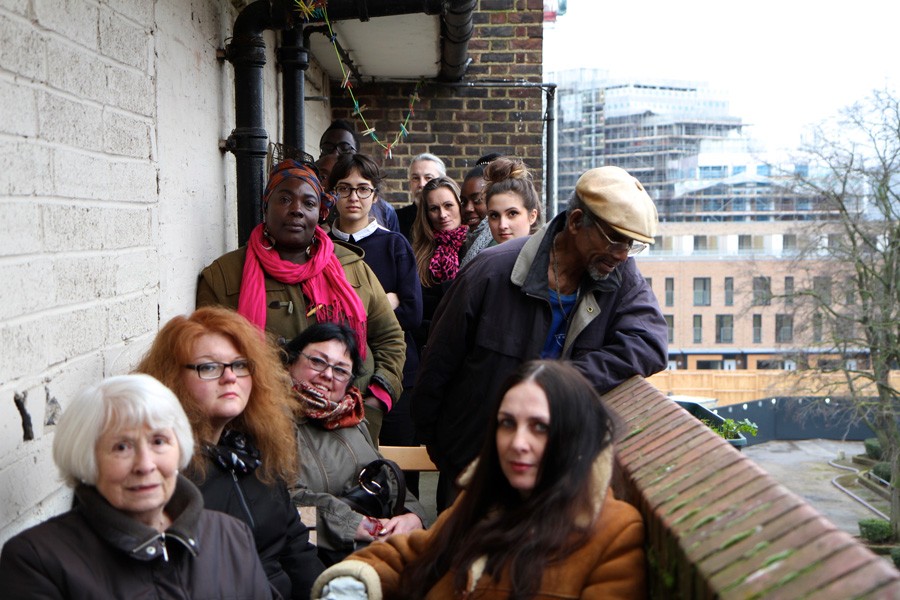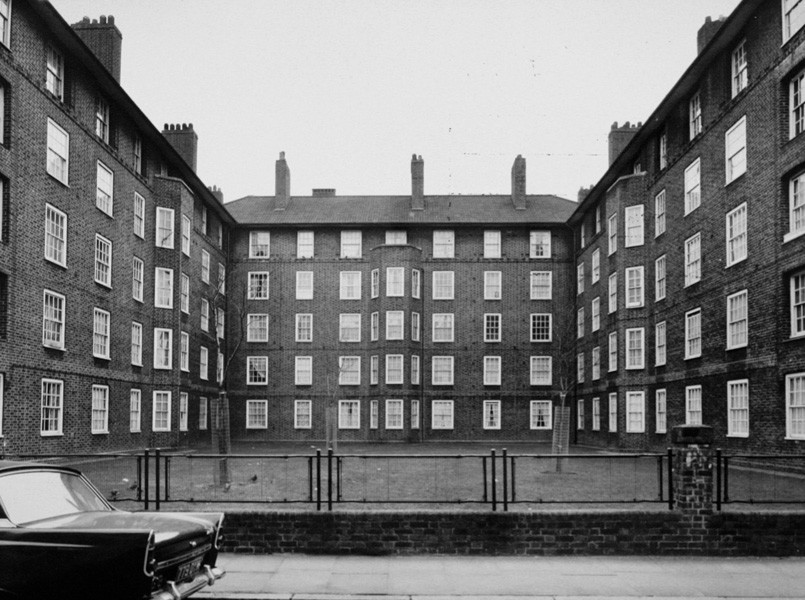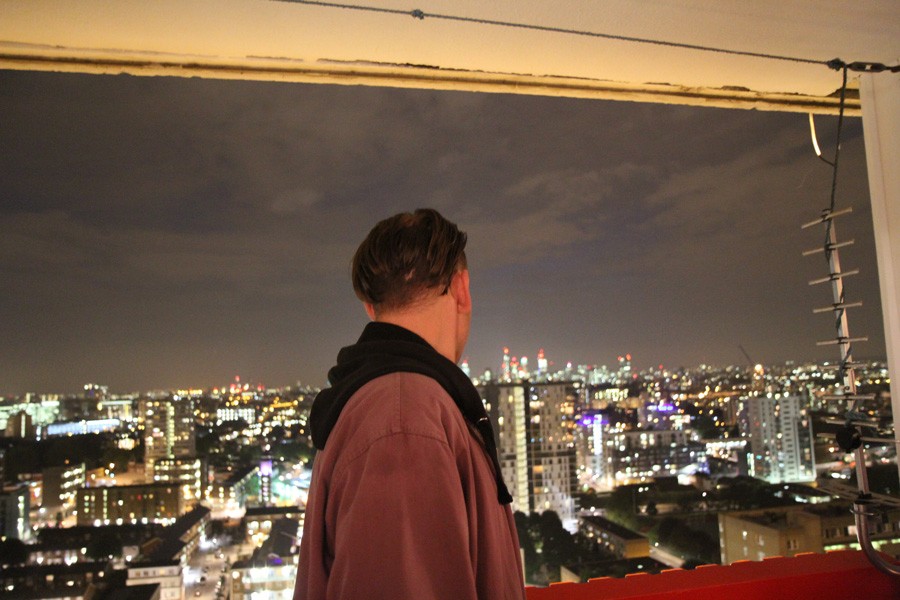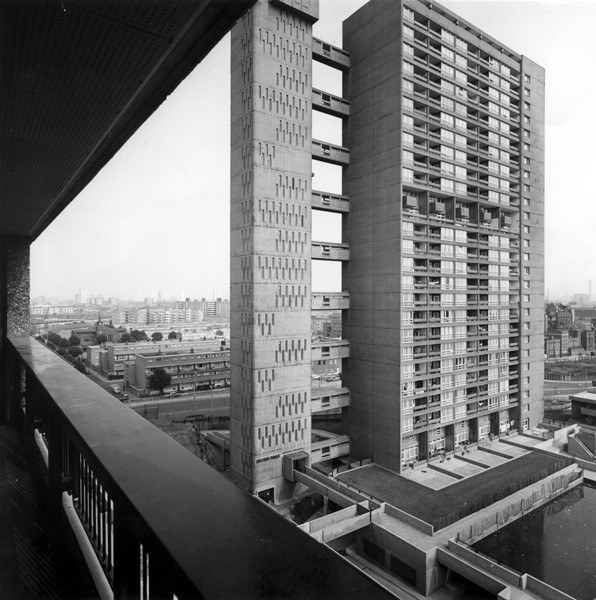make public
performing public housing in regenerating east london
.............................................................
RIBA President’s Award for Research 2016 winner and High Commendation recipient.
An exceptionally strong and original piece of research... it was almost the first PhD I have read that I was sad to finish - Professor Jeremy Till
Bold, innovative, rigorous, rich, timely, important, highly accomplished… it has been a pleasure to read it and to be inspired by it - Professor Jen Harvie
A rigorous, imaginative and well-considered piece of research... it places residents at the heart of an important study - RIBA Award Panel
The history of housing the working population in Britain has a predictable circularity in architectural form; one generation’s panacea becomes the next generation’s problem, only to be reappraised with remorse after it has passed.
My thesis is a practical and theoretical research project into this cycle. It explores the history and future of two east London housing estates undergoing regeneration; the Haggerston Estate, a 1930s London County Council neo-Georgian perimeter block demolished in 2014; and Balfron Tower, a 1960s Brutalist high-rise designed by Ernö Goldfinger facing refurbishment and privatisation in 2016.
To ‘make public’ expresses a demand and an aspiration; materially – to protect and extend public housing provision at a time when austerity measures are dismantling it in ideal and form [Phillips and Erdemci, 2012]; procedurally – to make visible problematic processes of urban change that are increasingly hidden from public view under the pervasive metaphor of regeneration [Campkin, 2013], and; methodologically – to make public the act of research through long-term collaborations with residents and other practitioners, using archival research and socially-engaged performance practice that reveals spatial changes and their affects on social relations [Harvie, 2013].
The thesis draws on the idea of ‘multiple publics’ to re-conceptualise a constructive approach to public housing and to evaluate the ethic of ‘making public’ [Fraser, 1990]. It works between architecture and performance to forge new connections with the research of Forty, Rendell, Schneider and Roms, and choreograph relationships between buildings, texts and residents through critical acts of writing, dramaturgy and re-enactment.
The practice is conducted through performative workshops that open a social, discursive and imaginative space for residents to re-enact the histories of each estate and build collective knowledge and experience. This collaborative work is shared with wider publics through a feature-length artist’s film Estate, site-specific performance Empty Words Build Empty Homes, and six-week exhibition Real Estates, and is documented in the thesis as two acts, comprising scenes interspersed with reflective essays. The evidence gathered is fed into formal and legislative frameworks with the aim of influencing housing policy: in Haggerston, a redesigned housing survey Housing Alternatives and at Balfron Tower, a successful Grade II* listing bid and online archive Balfron Tower: a building archive.
I was blessed with inspirational supervisors: Professor Jane Rendell and Dr Ben Campkin. Visit Bartlett School of Architecture
.............................................................



